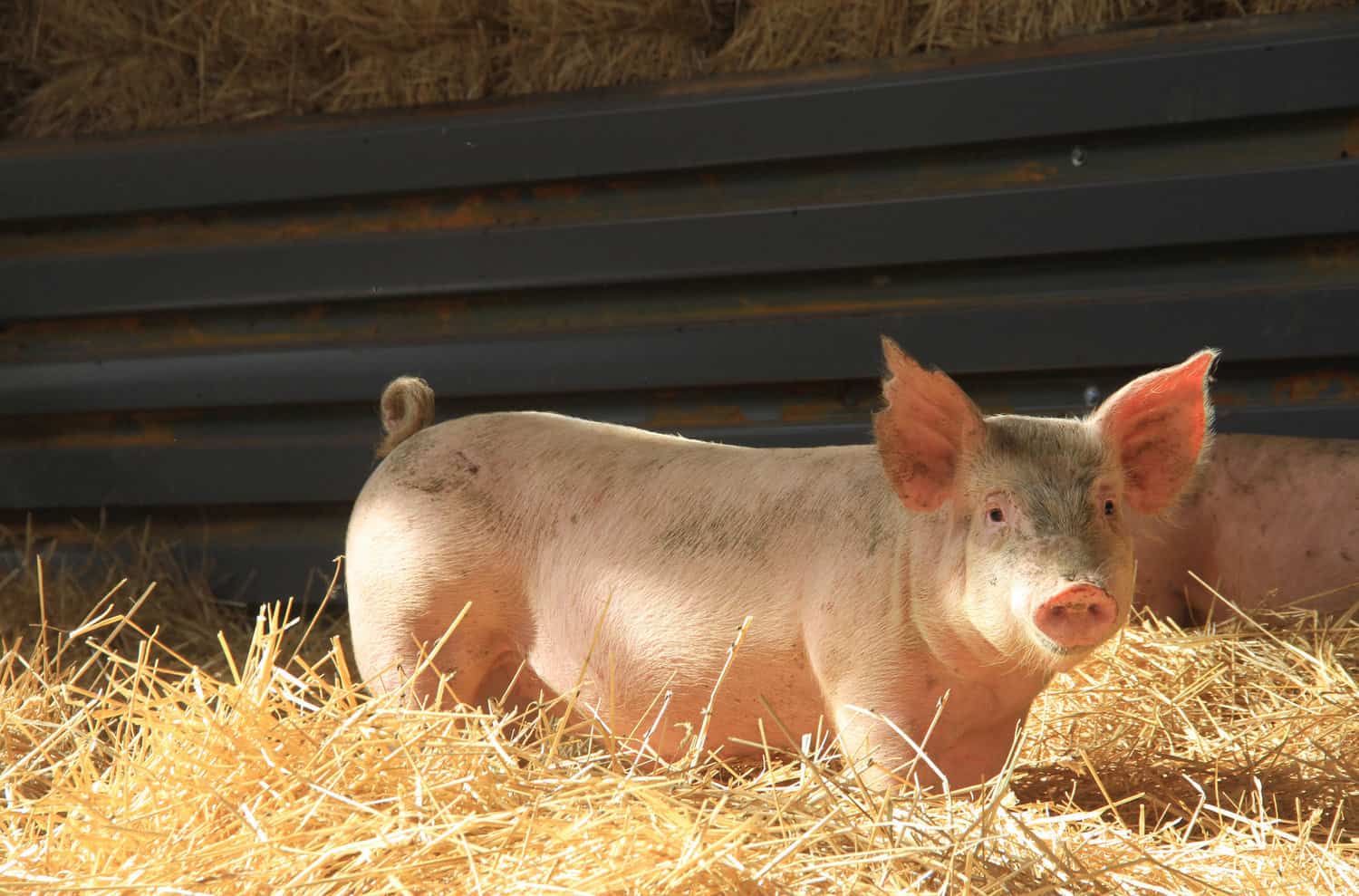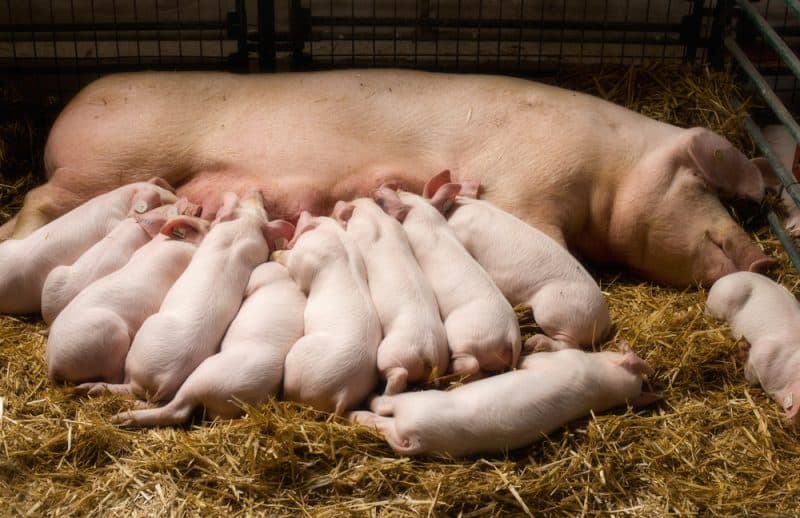A crucial factor in any farming operation is the market. If you cannot sell your product, all your efforts are to no avail. It is important to think about whether or not you have a reliable customer base before starting a pig breeding business.
It is also important to have a good understanding of the market demand for pork products in your area. Additionally, you should have a solid business plan in place, that outlines your breeding goals, marketing strategies, and financial projections. With careful planning and hard work, a pig breeding business can be a successful and profitable venture. Having a reliable customer base is crucial for any business, including pig breeding. Without customers, there is no demand for your product, and your business could fail. In the case of pig breeding, it is essential to have a clear understanding of who your potential customers are and what their needs and preferences are. This will help you determine the number of pigs to breed, the type of breeds to focus on, and the best marketing strategy.
The Large White
- A Large White boar ensures uniformity and quality in pigs from almost any dam. (Source: petpigworld.com)
- Large White sows have a well-deserved reputation for being excellent dams. (Source: morningchores. com)
Around the 1890s, this English breed made its way to South Africa. It is a big, white breed, as the name suggests, so its litters tend to be big and healthy, and they grow quickly and consume food efficiently for their size. Large Whites are easily identified by their white colour, pink skin, long, deep sides, erect ears, slightly dished faces, and picturesque bearing. Some lines mature late, at seven or eight months, but this does not affect their usefulness as mothers or workers. They have large, healthy litters and make excellent protective mothers, leading to young with rapid development and high feed efficiency. As a result, they are the gold standard of dual-purpose breeds. In general, boars are reliable workers. Bacon-type offspring can be expected from a cross with virtually any purebred animal. When crossed with the Landrace, the Large White proves to be a universal foundation mother breed that gives rise to fertile F1 (first crossbred generation) female stock.
The Large White is known for being a tough and resilient breed that can thrive in a wide range of conditions. Their ability to cross with and improve other breeds has truly made them a factor nearly everywhere commercial pigs are produced. They have been a staple in the market for decades because they produce such high-quality bacon and pork. Their tendency to grow and not lay down excess fat has made them favourites, not only when pigs are marketed at relatively light weights but also when they are marketed at heavier weights.
The Landrace
- The Landrace pig is characterised by a particularly long body and lop ears, and it is white. (Source: upperhandgenetics.com)
- Landrace sow has excelled as a universal foundation mother breed. (Source: upperhandgenetics.com)
The Landrace originated in Denmark by mating domesticated pigs with Large Whites. In 1952, they were first brought in from the Netherlands to South Africa. The improved Landrace is a mothering breed that has been praised for their consistent delivery of large litters over extended periods of time, in addition to their economic production attributes (weight gain and feed efficiency). The Landrace pig is a white breed distinguished by its long body, lop ears, light forequarters, well-defined back, and large hams. This breed is also known for its docility and manageability.
The breed shows a high rate of growth and low feed wastage, while the improved variety is praised for its highly fertility, superior mothering qualities and consistently large litter sizes. Their value lies in the fullness of their rounded hams and the length of their bodies relative to their bone structure and fat content. They show positive characteristics like a high proportion of lean meat, the absence of fat, and fine bone, as well as a small head, a short neck, and light shoulders. Less noticeable hams and a decrease in the breed’s traditionally high proportion of lean meat followed the eradication of the MH-gene.
The Chester White
- The Chester White is a versatile breed because of its medium size, sturdy build, and ability to work. (Source: upperhandgenetics.com)
- The Chester White thrives in both extensive and semi-intensive conditions. (Source: agronomag. com)
This American breed developed from the interbreeding of pigs from the Yorkshire and Lincolnshire regions. In 1983, the first Chester Whites arrived in South Africa from the United States. The white-skinned boars of this breed are robust and well-adapted farm animals because of their size and strtural integrity. The sows are commonly used as a mother line when crossing with Large White or Landrace pigs because of their adaptability to extensive and semi-intensive systems. The breed is robust and does well in extensive conditions despite its medium size compared to other local breeds. Appearance-wise, they are perfectly proportioned, broad, well-balanced, and of high quality. Body depth is greater than in most other breeds. The hair is usually not overly wavy or straight. They have a thick, durable hide that does not cling too closely to the body.
The Duroc
- The colour of Duroc can be anything from an extremely light golden, almost yellow hue to an extremely dark red that resembles mahogany. (Source: upperhandgenetics.com)
- Duroc sows have large litters, they are thought of as excellent mothers. (Source: commons.wikimedia.org)
This rusty-red coloured breed originated in the United States from four strains of red pigs. It was first imported into South Africa from Canada in 1980, to make available a third breed, primarily for crossbreeding purposes. When crossed with traditional white breeds, these boars with their high libido are known to produce offspring with superior growth rates, feed efficiency, and meat quality.
The modern Duroc, with its breed-defining characteristics, excels as a terminal sire. Crosses between Duroc boars and standard white breeds result in pigs with superior growth, feed efficiency and leanness at larger sizes for the abattoir (105 to 120 kg). Good-quality carcasses without the red or red-black hair follicles found in the pure breed are the result of a terminal cross. The Duroc is used to produce terminal hybrid sires and synthetic sires due to the breed’s many desirable characteristics. The Duroc breed is known for producing exceptionally marbled meat compared to other breeds, which makes it the best of the breeds. The sows are considered to be excellent mothers despite having large litters. The breed is not very susceptible to stress. Inherited coloured hair follicles cause issues at the abattoir during hair removal if offspring inherit more than 50% of the Duroc genes.
References
Pig Farming in South Africa. (2022). Available at: https://southafrica.co.za/pig-breeding.html
Breeds of Livestock – Breeds of Swine, Department of Animal Science. (1996). Available at: https://breeds.okstate.edu/swine/index.html
Pig Breeders Society of South Africa. (2023). Available at: http://pigsa.co.za/

















Kindly tell me where I can find Duroc piglets in South Africa. So desperate
Hi,
Thank you so much for your comment! We have a few clients that can provide you with the Duroc breed. We are passing your e-mail along to the person who sells them in South Africa. If there is any other way you wish for them to contact you, please leave it in a comment as well.
– Regards, Editorial